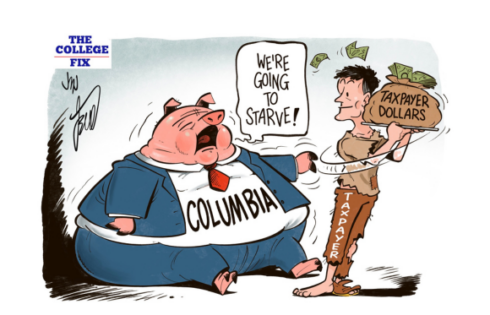 We’ll be covering the Obama student loan relief plan heavily in the next few days as the specifics become more clear, but in the meantime, we wanted to cover the basics.
We’ll be covering the Obama student loan relief plan heavily in the next few days as the specifics become more clear, but in the meantime, we wanted to cover the basics.
Obama’s plan uses income-based repayment; this means the loan payments a borrower must make will be set according to his income. So, for instance, borrowers who earn less than 150 percent of the poverty line ($16,335 for a single borrower, and $33,525 for a family) will have a loan repayment of zero. Borrowers who have a higher income pay 10 percent of the income above that threshold. After 20 years, the remaining student debt is forgiven.
Currently, an income-based repayment program like this exists which borrowers can opt into: this existing program sets monthly loan payments at 15 percent of income and forgives loans after 25 years.
In 2010, Congress passed a program to reduce those levels to the ones Obama outlined today (10 percent, 20 years) — the difference is Congressional plan was set to begin in 2014; Obama’s program will begin in 2012. To clarify, Obama is accelerating the timetable for an existing plan.
The administration estimates 1.6 million borrowers are currently eligible for the program. To qualify for the income-based repayment program, however, a borrower’s loan must have originated during or after 2008, and have at least one loan that originated in 2012 or later. Thus, if you graduated in 2011 or earlier, you don’t qualify — and you may not qualify if you’re a current student.
As Chris Stirewalt at Fox News points out with the logical extreme, the overall plan could encourage some undesirable consequences:
Take this example: If Suzy Creamcheese gets into George Washington University and borrows from the government the requisite $212,000 to obtain an undergraduate degree, her repayment schedule will be based on what she earns. If Suzy opts to heed the president’s call for public service, and takes a job as a city social worker earning $25,000, her payments would be limited to $1,411 a year after the $10,890 of poverty-level income is subtracted from her total exposure.
Twenty years at that rate would have taxpayers recoup only $28,220 of their $212,000 loan to Suzy.
The administration believes encouraging borrowers to consolidate their loans into the federal Direct Loan program will cover the costs of the plan.
Like The College Fix on Facebook / Follow us on Twitter





Please join the conversation about our stories on Facebook, Twitter, Instagram, Reddit, MeWe, Rumble, Gab, Minds and Gettr.